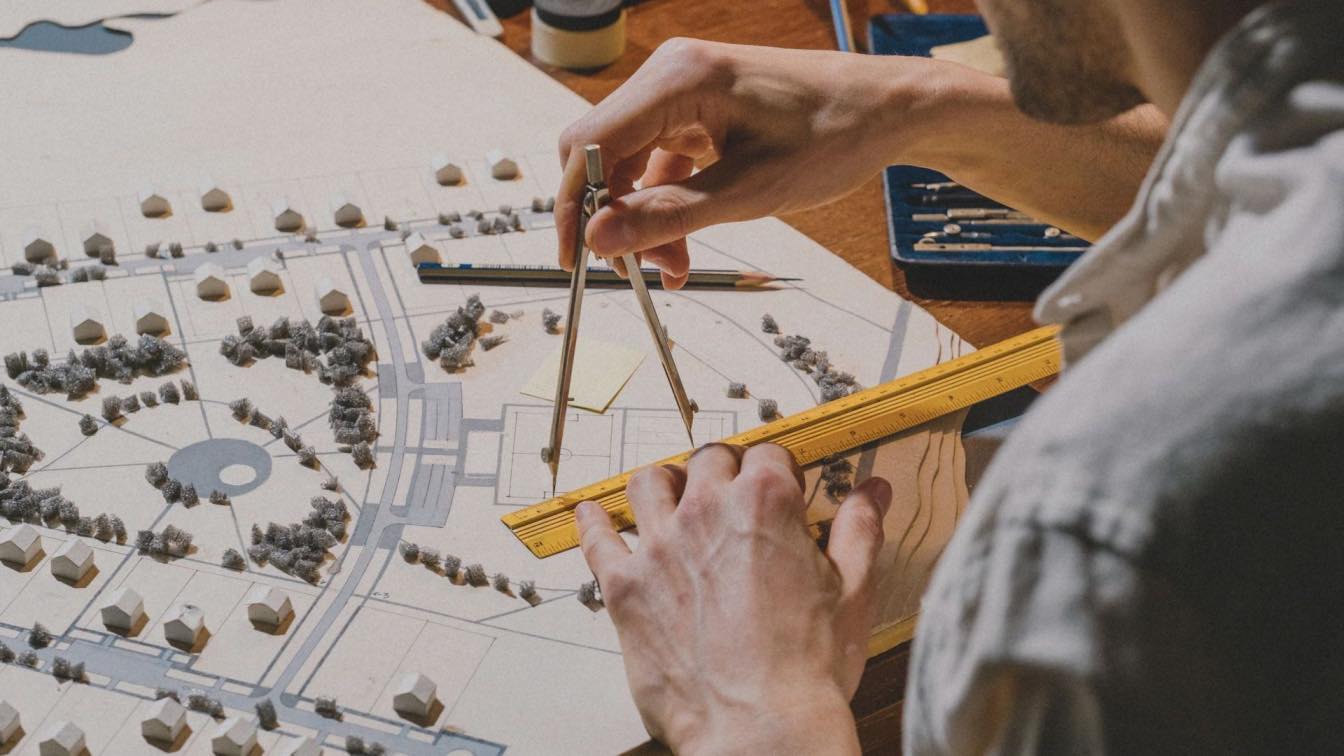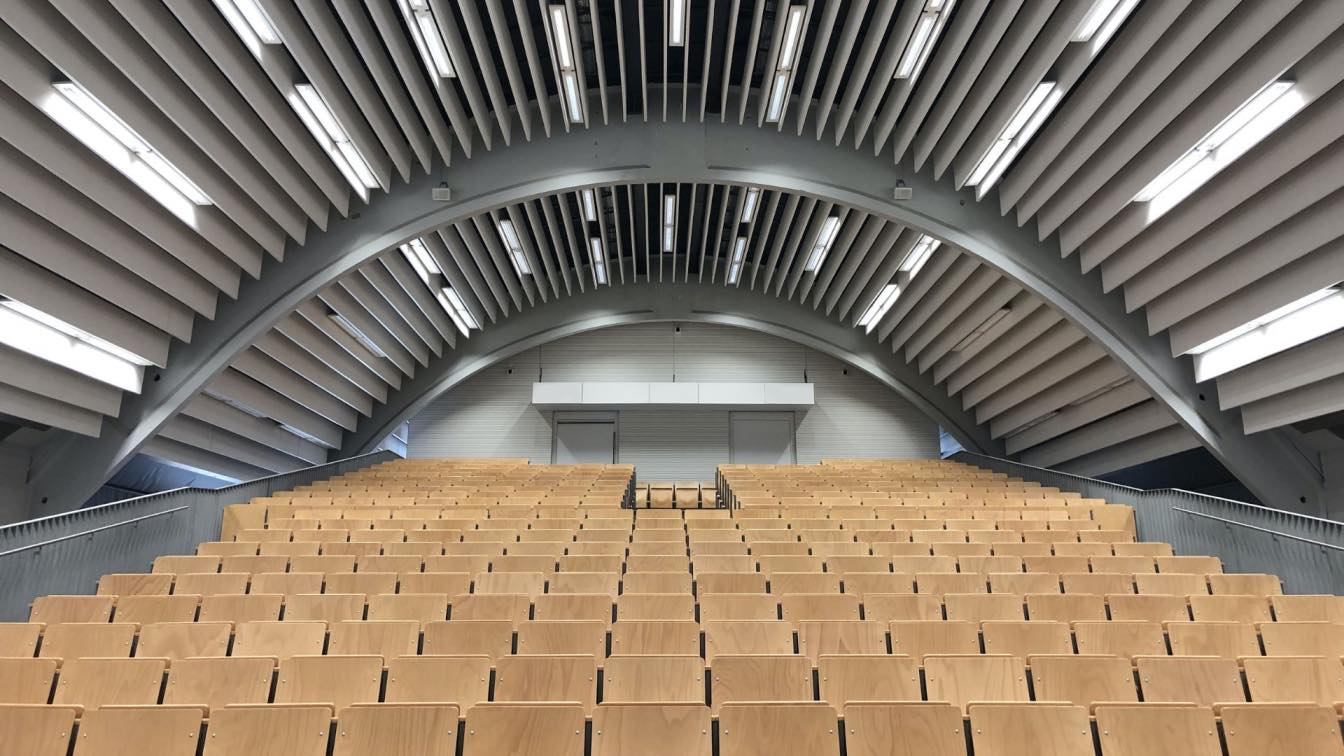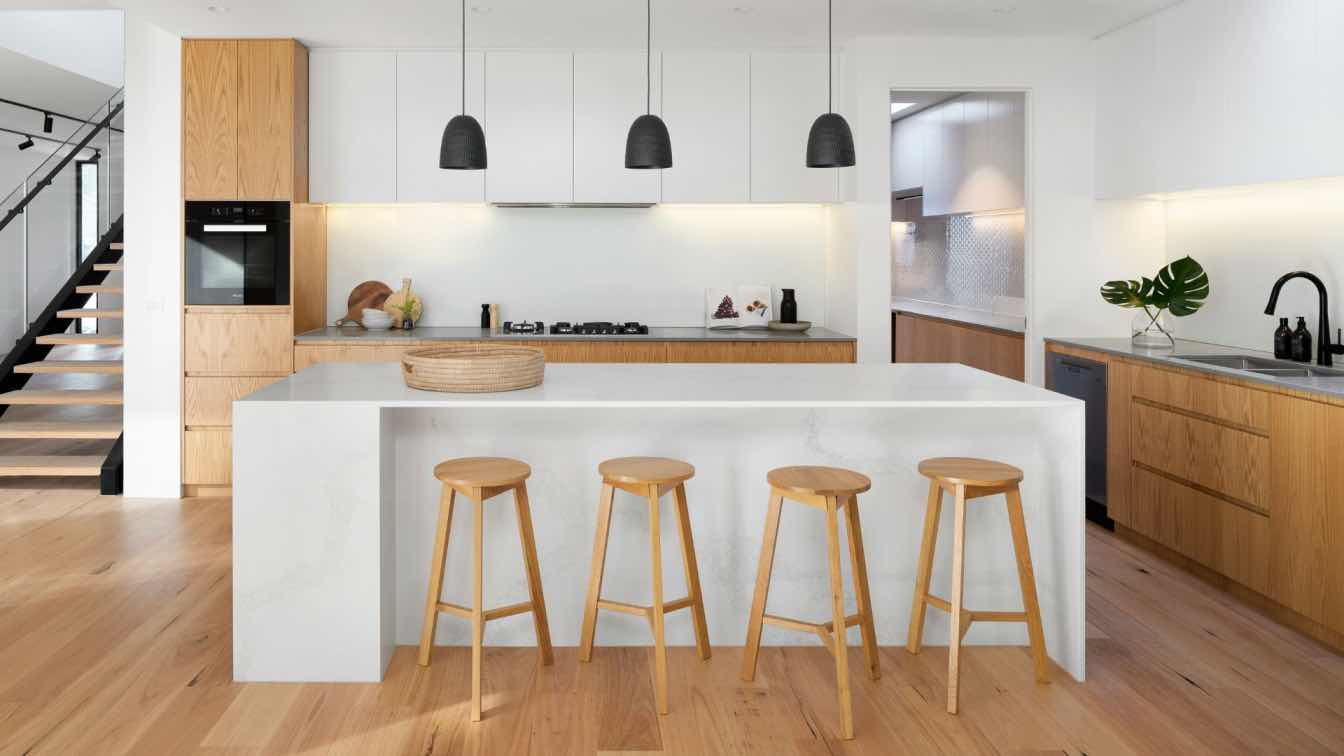Architecture is always changing. Factors like how people live, how they use technology, and how they express themselves play a crucial role in the emergence of trends. Consider how buildings and spaces look today compared to older times. What is interesting is what students, the future designers, think about these changes. Their thoughts are crucial because they bring new ideas without being stuck in old ways.
Learning can be a tedious experience, necessitating the need for a conducive environment. Even for college students who need help with research papers, a conducive environment provides one less thing to worry about. In the process of crafting a research paper on the evolving architectural landscape, students often seek research paper assistance to refine their ideas and ensure a comprehensive analysis. When delving into the realm of student perceptions of modern architectural trends, it becomes apparent that research paper help online can significantly enhance the exploration of these intricate concepts.
Architectural trends are not just about what looks nice; it's about how spaces affect lives. By listening to students, we can understand more about the buildings and places that shape our experiences and dreams.
Designing Tomorrow: A Dive Into Modern Architectural Shifts
In today's architecture, global trends reflect a mix of practicality, eco-friendliness, and creative design. Spaces are designed to be efficient and adaptable, meeting various needs. Sustainability is at the forefront, prioritizing environmentally friendly materials and green technologies. Architects are increasingly mindful of the environmental impact of their designs, fostering a commitment to eco-conscious practices.
Architecture now goes a step further by focusing on the user’s well-being and creating communities within structures. Modern trends prioritize spaces that enhance the quality of life for occupants, recognizing the importance of comfort and a sense of belonging.
Noteworthy trends in recent times include designs inspired by nature, known as biophilic design, and the incorporation of smart technologies for enhanced living. The infusion of nature and technology allows for a harmonious coexistence, improving both the aesthetic and functional aspects of spaces. Architects worldwide aim to create spaces that align with the present while offering a glimpse into the future, embodying the evolving spirit of human creativity and progress.
Modern Architectural Trends: A Student’s Perspective
Let’s examine the various perspectives students have about architectural trends.
1. Aesthetic Preferences
In the realm of modern architectural trends, students express distinct aesthetic preferences. They gravitate towards vibrant color schemes, finding appeal in thoughtful design aesthetics that create harmonious spaces. Their keen observations emphasize a connection with contemporary designs that go beyond visual aspects, contributing to an overall sense of allure in their academic and social environments.
Through their eyes, these preferences become tangible elements, shaping the essence of their daily experiences within these evolving spaces.
2. Comfort And Functionality
In assessing modern architectural trends, it has been observed that students prioritize comfort and functionality. They seek designs that seamlessly contribute to a positive experience, fostering an environment where functionality enhances rather than hinders.
Ergonomic furniture and painfully planned layouts are seen to enhance usability, creating environments conducive to focused study and meaningful social interactions. Conversely, instances of designs hindering functionality are observed, emphasizing the tangible impact that architectural choices have on students' day-to-day experiences and the overall atmosphere within these evolving spaces.
3. Technological Integration
Students see structures not just as static entities but as responsive environments. The integration of technology offers them interactive and innovative spaces, shaping their perception of architecture as a dynamic blend of design and functionality.
Think of smart buildings, like the ones with automatic lights or digital interfaces that adjust room temperatures. It's about experiencing everyday spaces, like classrooms with interactive displays or study areas with charging stations. These examples show how technology isn't just part of everyday life and design; it's woven into how students use and benefit not only from technology and gadgets, but from these spaces, making modern architecture more hands-on, responsive, and geared toward their needs.
4. Adaptability To Student Needs
Modern architectural trends showcase a notable adaptability to students' needs, creating versatile spaces that accommodate diverse activities. An example is flexible classroom designs, which allow easy transitions between lectures and collaborative work.
Additionally, communal areas with movable furniture cater to varying group sizes and activities, fostering a dynamic environment. The incorporation of technology hubs within study spaces reflects an understanding of students' reliance on digital resources. These examples reflect how contemporary designs seamlessly adapt to the ever-changing requirements of students, promoting a flexible and user-centric approach within educational environments.
5. Diversity And Cultural Inclusivity
Students perceive modern architectural trends as powerful expressions of diversity and inclusivity. Designs consciously incorporate cultural elements, fostering a sense of belonging and representation. Examples include inclusive seating arrangements that accommodate various cultural practices and the integration of art that celebrates diverse heritage.
Furthermore, accessible and gender-neutral facilities showcase a commitment to inclusivity. These architectural choices not only create visually enriching environments but also promote a welcoming atmosphere that resonates with students from different backgrounds, contributing to a campus culture that celebrates diversity and acknowledges the importance of cultural inclusivity in contemporary educational spaces.
6. Environmental Consciousness
Students widely see modern architectural trends as environmentally conscious, a quality they find commendable and crucial. They appreciate designs that incorporate sustainability, eco-friendly materials, and energy efficiency, recognizing the positive impact on the environment.
From green roofs to efficient waste management, students express admiration for spaces aligned with ecological values. Many acknowledge architecture's role in fostering a harmonious relationship with nature. Those advocating for environmental sustainability view these architectural choices as a reflection of a broader commitment to ecological well-being, instilling a sense of pride and connection to spaces that embody their values.
Overall, students perceive environmentally conscious architecture as a positive contribution to a healthier and more responsible campus environment.
7. Privacy And Openness
Students value having a balance between openness and privacy, as it influences their experience of personal space. Many express appreciations for designs that seamlessly integrate communal areas conducive to collaboration and social engagement.
It becomes a concern when this balance is absent, and they find it uncomfortable and an infringement of their personal privacy. Students emphasize the need for quiet study corners or private zones within shared spaces.
Architects who successfully navigate this balance by incorporating flexible layouts and adaptable designs receive positive feedback from students. This underscores the significance of privacy in maintaining a comfortable and conducive atmosphere within educational spaces, reflecting the nuanced needs of students for both shared and private experiences.
Conclusion
Students value the adaptability of modern spaces, with flexible designs enabling seamless transitions. Inclusive seating and gender-neutral facilities are examples of architectural choices that promote cultural inclusivity and a sense of belonging. These innovations extend beyond physical surroundings, cultivating a positive, inclusive atmosphere aligned with the evolving needs of today's students.





